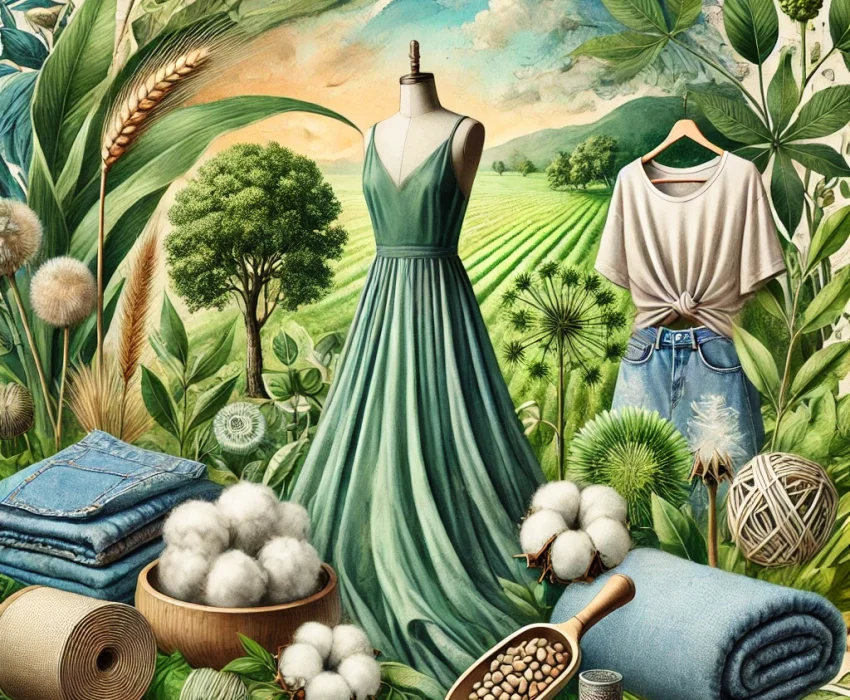
The fashion industry is undergoing a significant shift, with a growing emphasis on sustainability. While traditional textiles like cotton and polyester have long dominated the market, their environmental impact is becoming increasingly concerning. Cotton cultivation often involves heavy pesticide use and vast water consumption, while polyester production relies heavily on fossil fuels, contributing to greenhouse gas emissions.
Sustainable fabrics are designed to minimize this environmental footprint by prioritizing eco-friendly production methods, reducing resource consumption, and promoting ethical practices throughout the supply chain.
Sustainability in fabric production encompasses a multifaceted approach. Key criteria include:
Ethical Sourcing: Ensuring fair labor practices, safe working conditions, and living wages for workers involved in the entire supply chain, from cultivation to manufacturing.
Biodegradability: Fabrics that decompose naturally without harming the environment, minimizing landfill waste.
Recyclability: Materials that can be easily recycled into new fabrics, reducing reliance on virgin resources.
Fair trade practices are crucial within the fabric supply chain. These practices empower farmers and artisans, ensuring they receive fair compensation and have access to safe and healthy working environments.
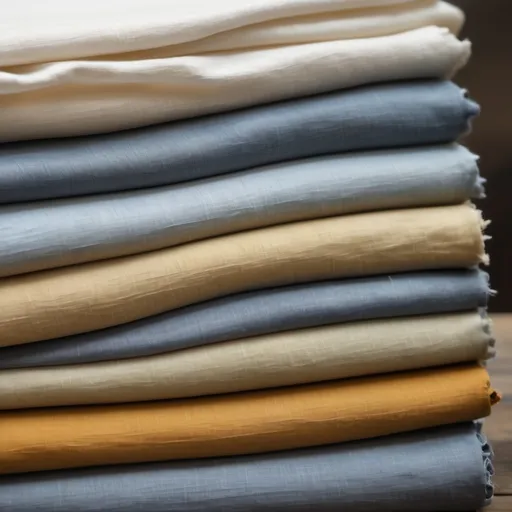
Organic Cotton: Grown without the use of harmful pesticides and fertilizers, organic cotton reduces its environmental impact significantly
Tencel: Made from wood pulp, Tencel boasts a closed-loop production process that minimizes waste and water consumption.
Hemp: A highly durable and water-efficient crop, hemp requires minimal pesticides and grows quickly.
Linen: Derived from the flax plant, linen is a natural fiber known for its breathability, durability, and timeless style.
Bamboo: A rapidly renewable resource, bamboo is highly biodegradable and requires minimal water to grow.
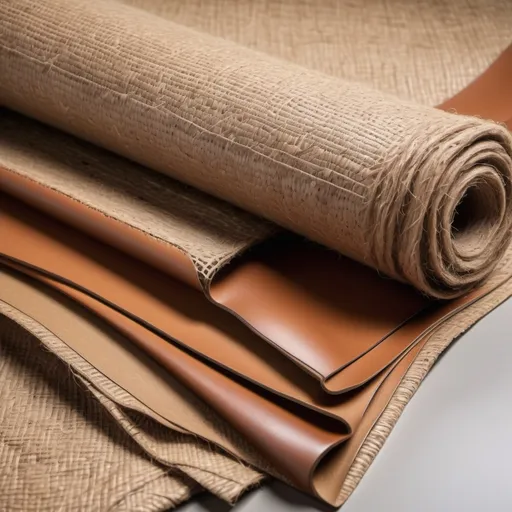
Recycled Polyester: Transforming plastic waste into high-quality fabrics, recycled polyester reduces reliance on fossil fuels and minimizes plastic pollution.
Vegan Leather: Alternatives like mushroom leather and cork leather offer cruelty-free and eco-friendly options to traditional animal leather.
Jute: An affordable and biodegradable natural fiber with minimal environmental impact, jute is gaining popularity in the fashion industry.
Seaweed and Algae-Based Fabrics: Cutting-edge materials derived from marine sources, these innovative fabrics offer exciting possibilities for sustainable fashion.
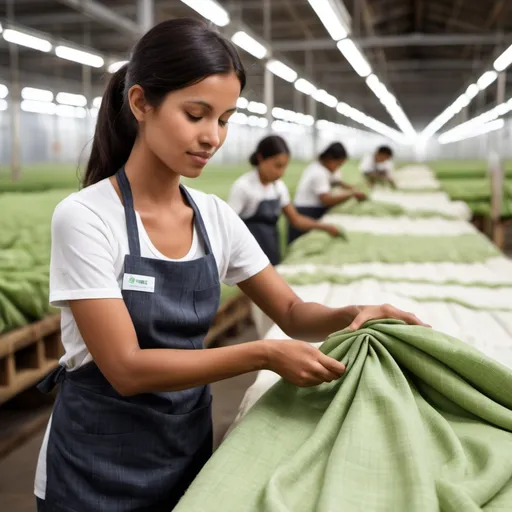
Reduced Carbon Footprint: Minimizes greenhouse gas emissions associated with traditional textile production.
Water Conservation: Reduces water consumption during cultivation and manufacturing processes.
Waste Reduction: Minimizes textile waste by promoting recyclability and biodegradability.
Ethical Labor Practices: Supports fair wages and safe working conditions for workers throughout the supply chain.
Health Benefits: Natural materials like organic cotton can be gentler on the skin, reducing the risk of irritation.
Durability: Many sustainable fabrics are highly durable, making them a cost-effective long-term investment.
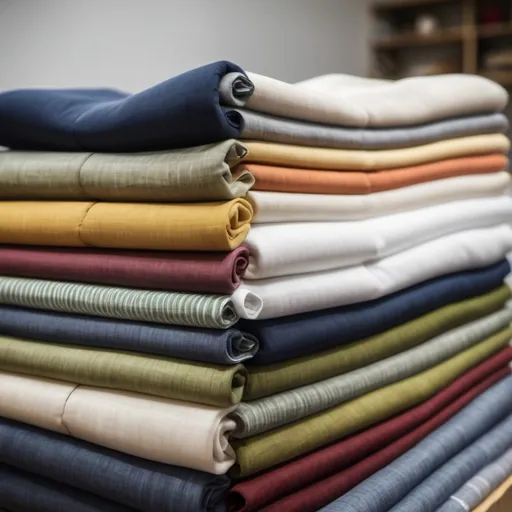
Look for trusted certifications like GOTS (Global Organic Textile Standard), OEKO-TEX, and Fair Trade Certified to ensure ethical and sustainable production.
Research brands that are transparent about their sourcing practices and supply chains.
Be wary of misleading claims and vague terms like “eco-friendly” or “sustainable.” Look for specific details about the fabric’s origin and production process.

Start by incorporating small changes, such as replacing conventional cotton with organic cotton.
Explore budget-friendly options like recycled polyester and organic cotton blends.
Gradually build a more sustainable wardrobe by investing in high-quality, long-lasting pieces made from eco-friendly materials.
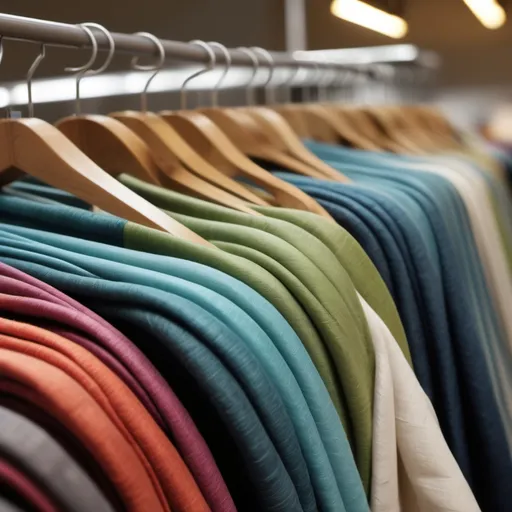
Cost: Sustainable materials can often be more expensive than conventional options.
Limited Availability: The availability of some sustainable fabrics may be limited.
Consumer Awareness: Raising consumer awareness about the importance of sustainable fashion choices is crucial.
Balancing Style and Sustainability: Finding stylish and fashionable options while adhering to sustainable practices can be challenging.

Patagonia: A leader in sustainable fashion, Patagonia is known for its use of recycled fabrics and commitment to environmental causes.
Stella McCartney: A pioneer in vegan fashion, Stella McCartney champions the use of innovative materials like mushroom leather and eco-friendly textiles.
Eileen Fisher: Known for its circular design model, Eileen Fisher focuses on creating long-lasting garments and encourages customers to return used clothing for recycling.
Utilize eco-friendly fabrics in your own DIY clothing and accessory projects.
Give old clothes new life by repurposing and upcycling them using sustainable materials.
Explore the potential of bio-engineered fabrics created through innovative technologies.
Advancements in lab-grown leather offer a promising alternative to animal leather.
Continued market growth and increased consumer demand will drive further innovation in the field of sustainable fabrics.
Collaboration between brands, designers, and policymakers is essential to drive systemic change.
What are the most sustainable fabrics? There is no single “most sustainable” fabric. The best choice depends on various factors, including the specific application and environmental impact of the entire production process.
Are sustainable fabrics more expensive? In some cases, yes. However, the higher initial cost can be offset by the durability and longevity of many sustainable fabrics.
How do I care for eco-friendly clothing? Care for your eco-friendly clothing according to the care instructions. Wash them in cold water, air dry whenever possible, and repair them instead of discarding them.
By choosing sustainable fabrics and supporting brands committed to ethical and eco-friendly practices, we can all contribute to a more sustainable fashion future. Building a greener wardrobe is a journey, not a destination. By making conscious choices and embracing sustainable practices, we can reduce our environmental impact and create a more just and equitable fashion system for generations to come.

February 05, 2023
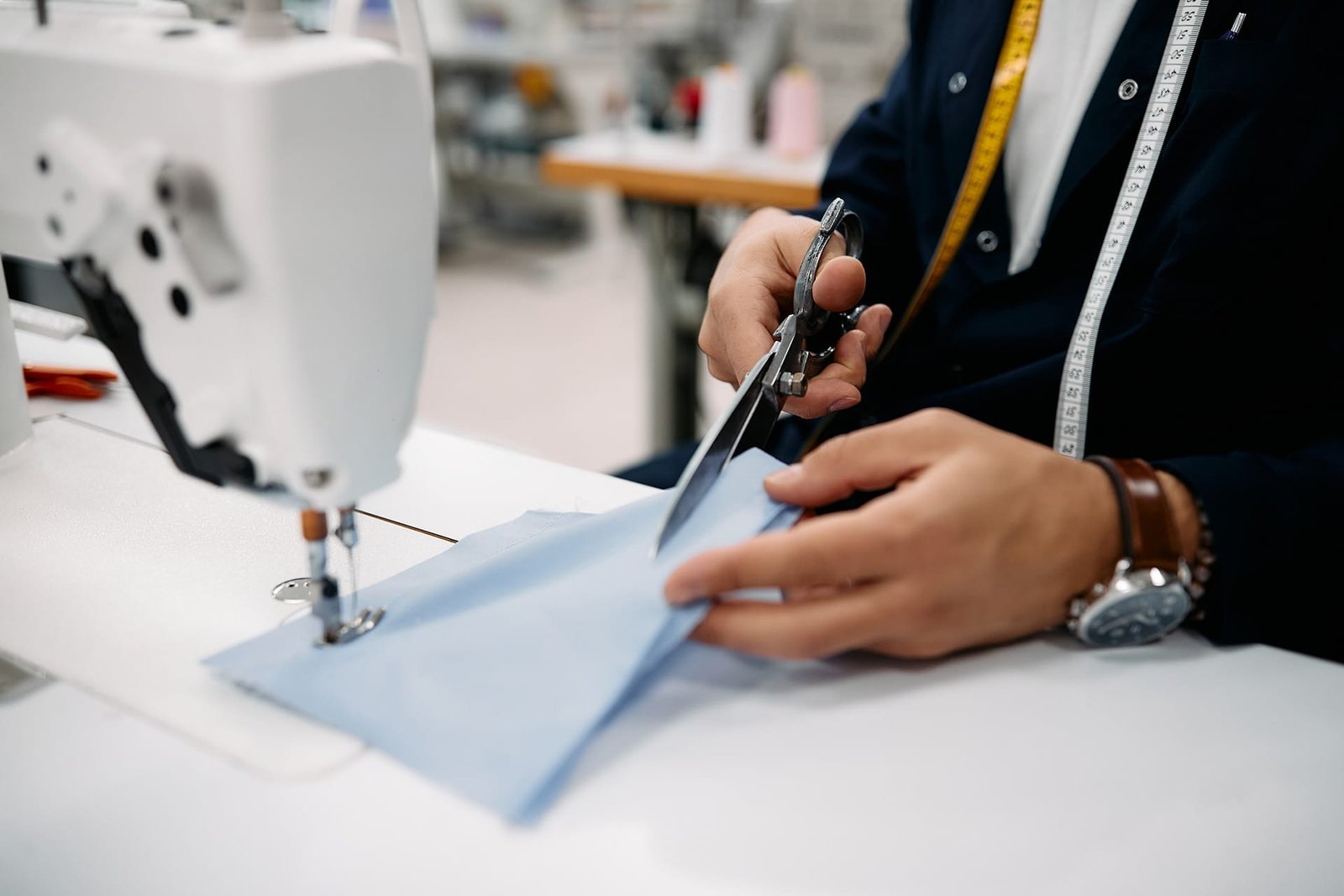
February 05, 2023
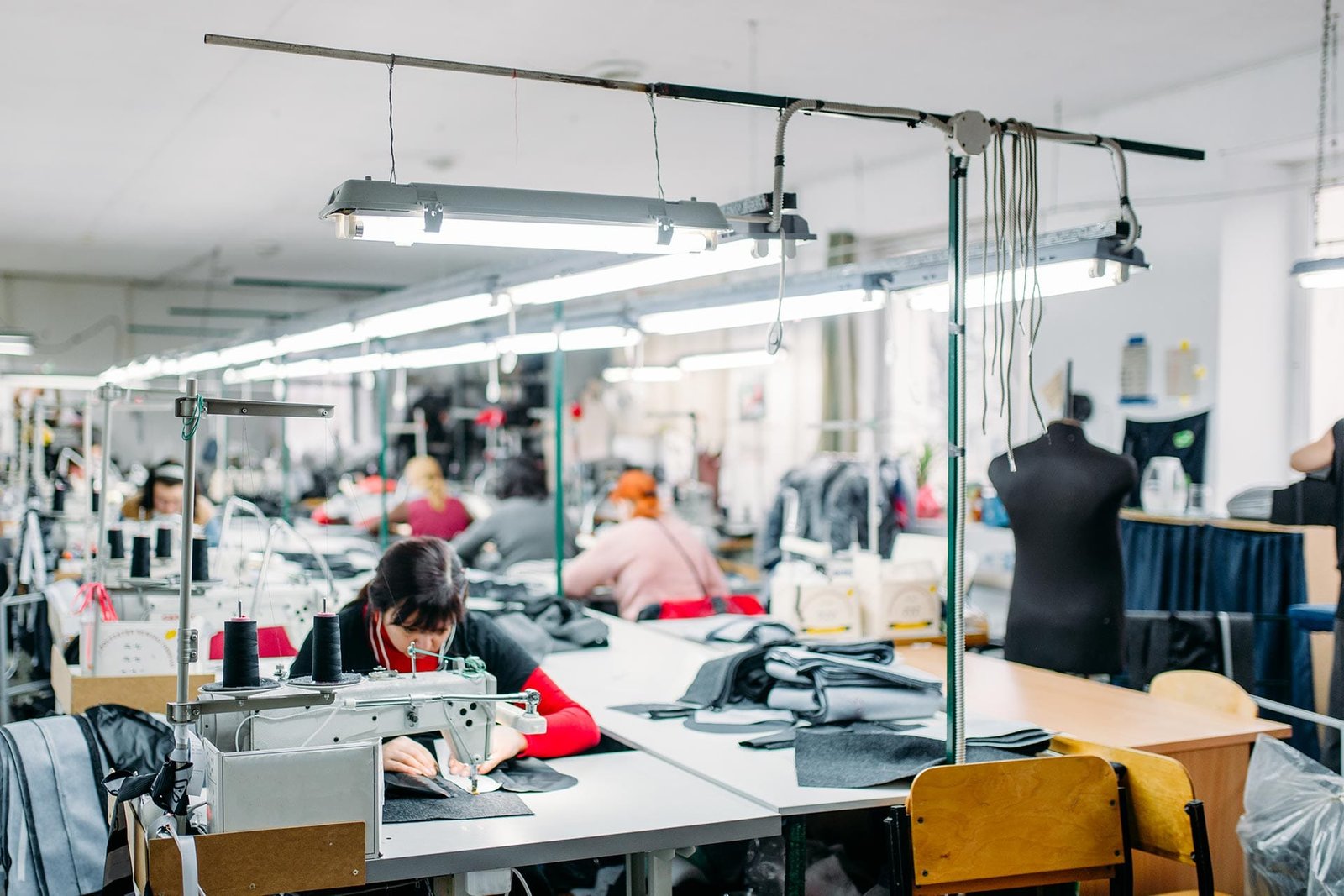
February 05, 2023

Outer Shell Bangladesh is the best company to grow your business in the apparel industry.
Copyright 2025 © All Right Reserved By Outer Shell Bangladesh